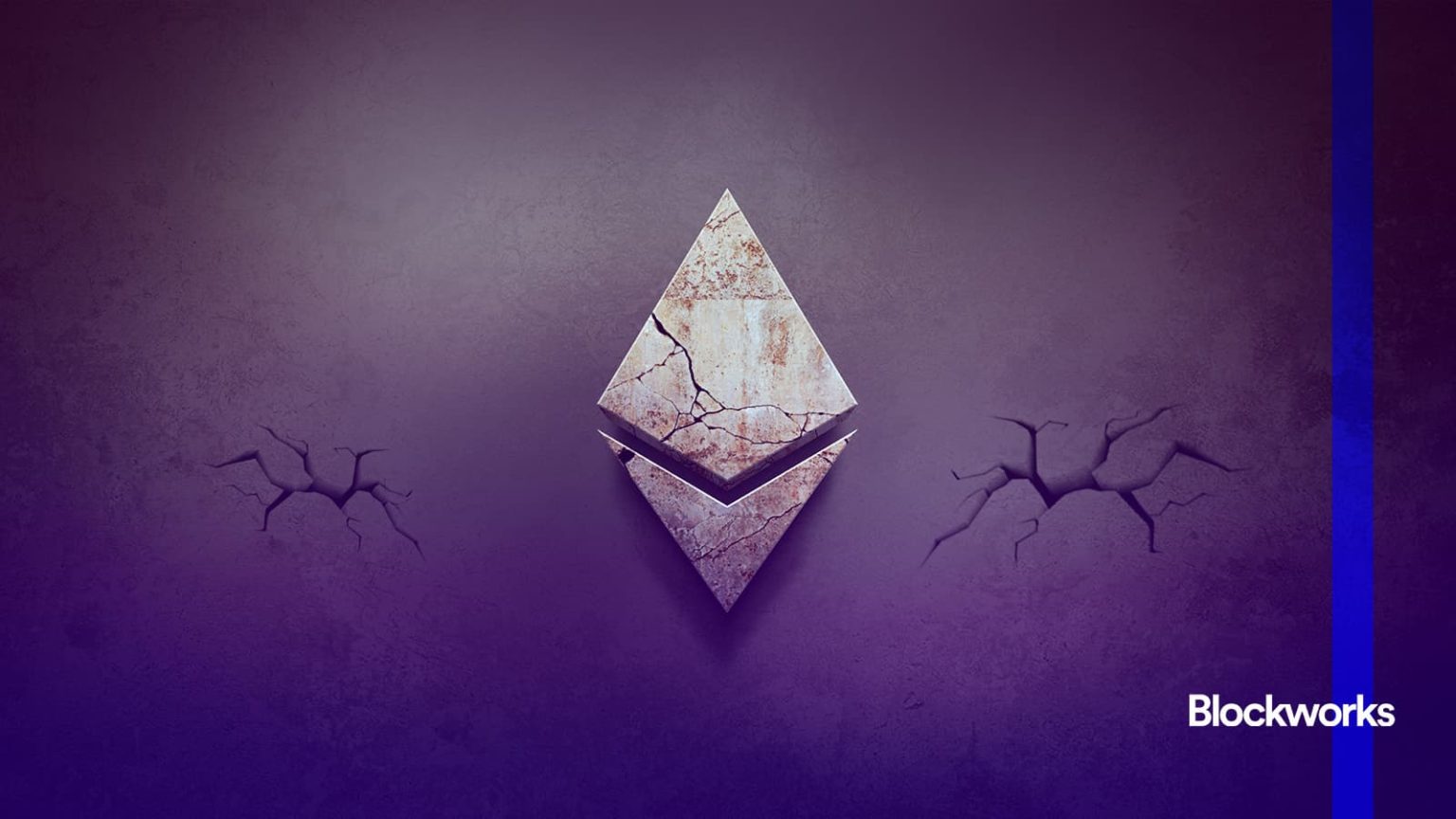Ethereum Foundation Outlines “Lean Ethereum” Vision for Decade of Growth
On the heels of Ethereum’s 10th anniversary, the Ethereum Foundation has released a comprehensive strategic roadmap emphasizing resilience and scalability for the next ten years.
Strategic Evolution: From Beam Chain to Lean Ethereum
Researched by Justin Drake, the “Lean Ethereum” initiative represents a strategic pivot in the network’s development priorities with three core tenets: survive anything, scale everything, and simplify the core—a comprehensive reimagining of Layer 1 design principles.
Conceptually initially referred to as “Beam Chain,” this overhaul includes consensual renaming to reflect broader architectural shifts across the network’s three pillars: consensus, execution, and data availability.
Survival First: The “Fort Mode” Vision
The whitepaper introduces “Fort Mode,” establishing Ethereum’s security requirements against existential threats. The network must maintain functionality despite state-sponsored attacks and quantum computing capabilities surpassing current elliptic curve cryptography.
Proposed security upgrades include transitioning from BLS signatures and KZG commitments toward hash-based verification mechanisms with built-in post-quantum resistance. This focus aligns with core developer Preston Van Loon’s commentary on Ethereum’s decade of exceptional reliability.
Competitive Scaling: The “Beast Mode” Imperative
Simultaneously, the “Beast Mode” vision commits Ethereum to exponential transaction throughput improvements. The network aims to reach 1 gigabyte-per-second processing on the base layer and 1 terabyte-per-second capacity on rollups.
While acknowledging current competition challenges, analysts note Ethereum’s recent performance indicators— including a 49% price surge and 11% transaction volume increase—suggest accelerating network adoption may be turning the technology’s growth narrative.
A Vision Translated into Architecture
The whitepaper proposes three pillars for implementation:
Lean Consensus focuses on accelerating the Beacon Chain with simplified finality mechanisms and upgraded cryptographic schemes.
Lean Data extends blob-based storage solutions with variable sizing and post-quantum availability mechanisms.
Lean Execution explores stripped-down hardware-verified instruction sets maintaining EVM compatibility while dramatically improving verification efficiency.
Maturity in Action
Core developers highlight increasing institutional adoption as tangible evidence of this maturation. “We’re now seeing the results of that maturity play out in real-world adoption, particularly in stablecoins,” observed Preston Van Loon. Both stablecoin usage and rollup capacity are reaching record levels.
Transparent Development Coordination
To facilitate this multi-year transition, the Ethereum Foundation has created leanroadmap.org—a public research tracker coordinating development streams. Spearheaded by ReamLabs, the initiative aims to connect client developers, rollup engineers, and research communities.
Unlike previous architectural visions, the Lean Ethereum framework presents an integrated strategic approach. These proposals are expected to inform upcoming network updates and guide design decisions for the next several years.
The transformation from technical overhauls to strategic covariant design marks a significant evolution in Ethereum’s protocol development. By prioritizing efficiency and security across decades of expected operation, the network seeks to balance technological advancement with foundational reliability.
Drake concludes, “This is about legacy. We are builders. We are missionaries. We are Ethereum.”











